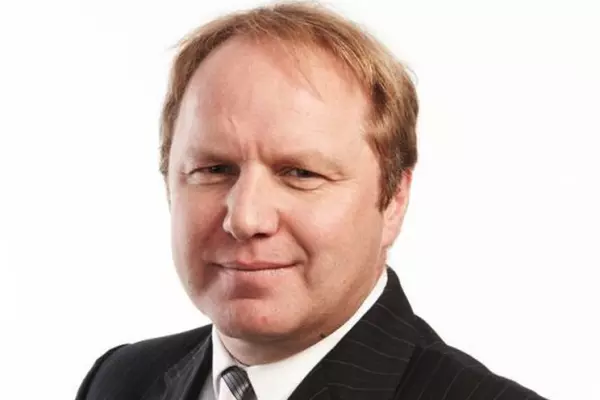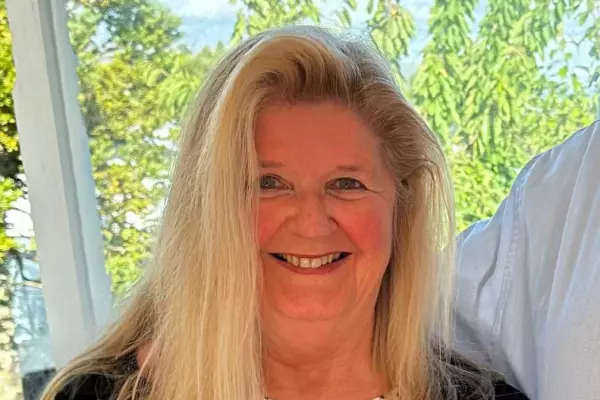In 2019, when former Westpac CEO David McLean made the radical decision to audit his company’s gender pay gap out of curiosity, he expected to see a figure at or below 9% – the national reported average.
But when the audit revealed that Westpac’s male employees were paid on average a bewildering 30.3% more than the female employees, he knew something had gone very wrong.
“That was a really shocking moment for me and for the leadership team,” he says. “Once we saw that huge gap, the next question was where is it coming from. We decided to dive in and understand why.”
Westpac’s leadership found that while there was pay equity across all levels of the company, there was a disproportionate share of women in lower paid positions, and more men occupying the higher rungs.
While the typical response in a traditional corporate setting might have been to sweep such an unwelcome figure under the carpet, McLean took an entirely different tack: he published it.
“I think it's generally better to get the news out there and be open and transparent. By coming out and publishing our figures, it might encourage other companies to look at their own and get it a bit contagious in the business community.”
It turned out the decision was contagious. What McLean pioneered in 2019 has evolved into a privately funded corporate social responsibility initiative called Mindthegap.nz.
With the support of 35 professional associations and industry groups, the initiative aims to achieve a sustainable increase in leadership diversity and workplace fairness, with a particular focus on women, Māori and Pasifika employees.
Today, as the Equal Pay Act 1972 enters its 50th year, Mindthegap.nz has put out a call for business leaders to join the movement and measure and publicly report their pay gaps on their corporate website and in their annual reports.
It also asks business leaders to check that women employees are being paid the same as men for doing the same or similar work – a legal requirement under the Equal Pay Act.
A spokesperson for Mindthegap.nz says knowing there are pay gaps is the first step to reduce them.
“When you know your organisation’s pay gaps, you are on the way to solving it. When you publish your pay gaps on your website, it tells people you're doing something about it and that fairness matters in your organisation.”
Along with Westpac; SkyCity, Spark and Genesis have all publicly reported their pay gaps and committed to closing the pay discrepancies among their employees.
McLean acknowledges that reporting pay gaps could seem like a risky move for an employer. After all, it could easily reflect poorly on a company’s structure and hiring policy. However, he says Westpac’s transparency was praised more than its 30% pay gap was scorned.
“We came up with a pretty bad number. But people gave us credit for being open and honest and facing the problem."
Based on the figures, Westpac introduced a new hiring strategy to increase the female proportion of the top three tiers of management to 50% by 2025. In the company's 2020 gender pay report, the proportion had climbed to 40% from 37% the year before, pushing the gender pay gap down to 29.1%.
While McLean encourages more employers to start checking and reporting their numbers, he says the clock is ticking on doing it voluntary – and the tolerance the public show towards businesses that keep their pay figures to themselves.
“My advice would be to get out and do it now. Do it now and you’d probably get the same reaction [as Westpac did].”
“But if more businesses do it and you're not, the scrutiny will turn the other way. It'll very quickly come to a point where people will say, ‘look, all these companies are reporting their numbers – why is company X not doing it? What have they got to hide?’”














